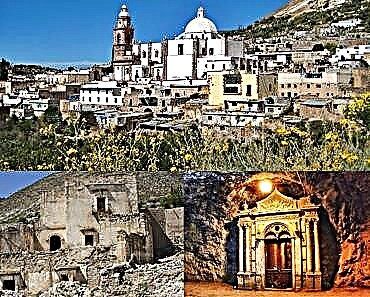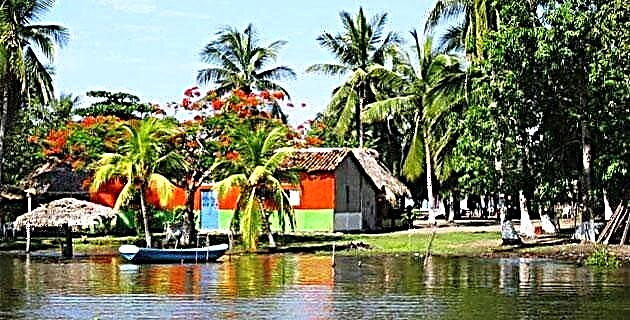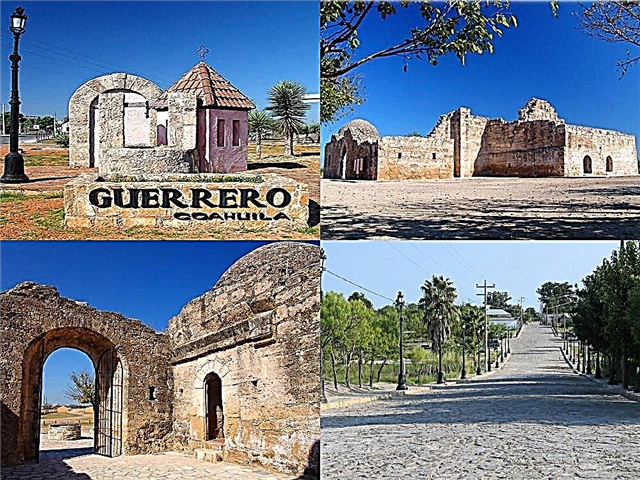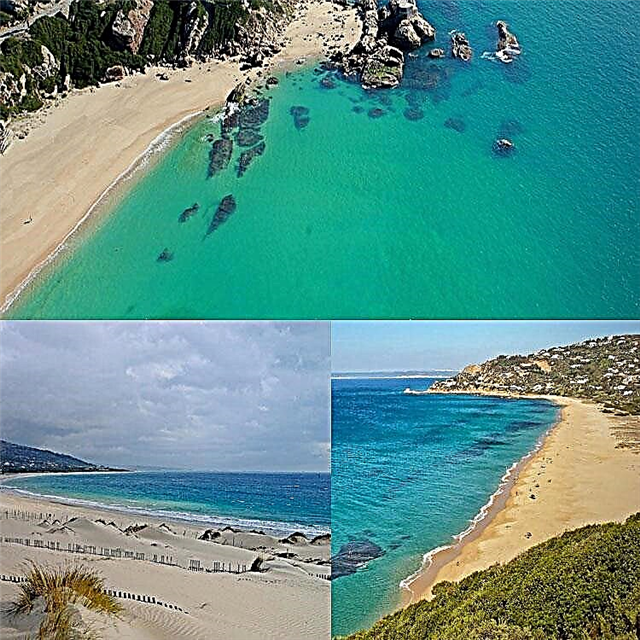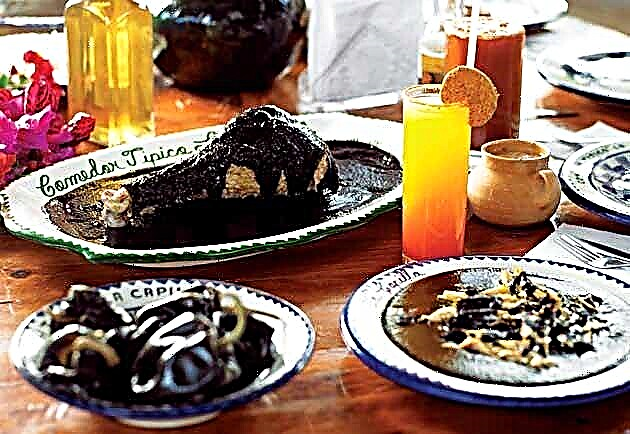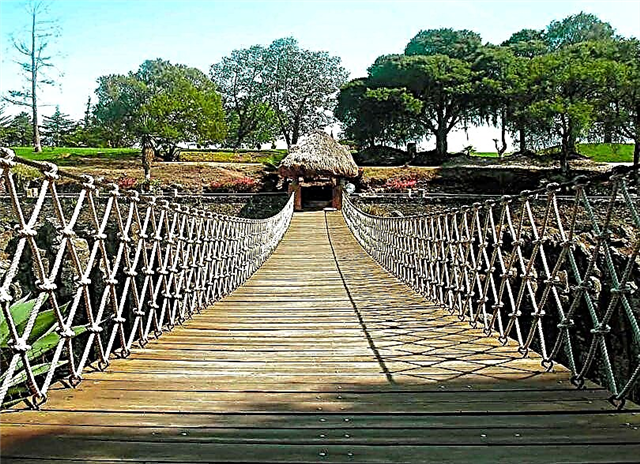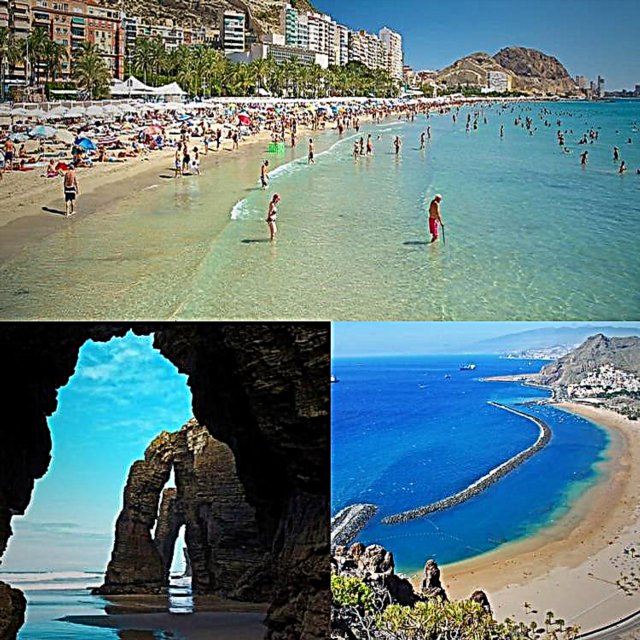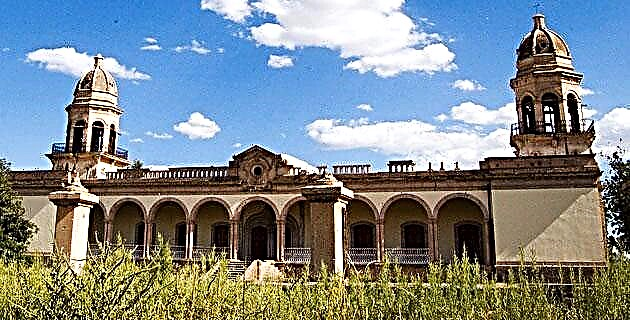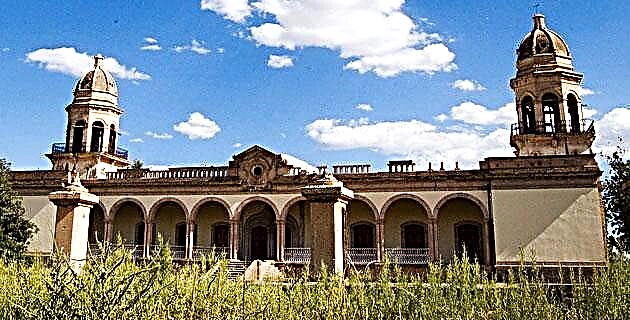
On August 30, 1867, General Angel Trías died of pulmonary tuberculosis at the country estate known as "Labor de Trías," at the age of 58. With this death, an important cycle was closed in the political life of Chihuahua.
This character was one of the most faithful collaborators of Governor José Joaquín Calvo in 1834 and ten years later, in 1844, he became the initiator of Chihuahuan liberalism. Throughout his career in the ranks of the reformists, he was the most trusted Chihuahuan politician for Mr. Benito Juárez.
The farm where he died had been owned by his family, that is, his maternal grandfather and adoptive father: Don Juan Álvarez, one of the most important wealthy men in the entity during the first third of the last century. There were no photographs or descriptions of this house, but as happens regularly, the “Labor de Trías” symbolizes in some way the life cycle and the presence of this important character in our history. Don Luis Terrazas certainly had this motivation in mind when a few years later he undertook the negotiations with the daughters of Trías to acquire the property that was originally contained in 5 7/8 large cattle sites, equivalent to approximately 10,500 hectares. Thus, on February 12, 1895, as recorded in the books of the Public Property Registry, Juan Francisco Molinar representing Luis Terrazas, and Manuel Prieto representing Victorina and Teresa Trías, signed the purchase contract. sale in the protocol book of the notary public Rómulo Jaurrieta.
The following year, on November 4, 1896, Mr. Luis Terrazas gave his wife Carolina Cuilty a beautiful gift to celebrate the day of “Las Carolinas”: a beautiful country house built in the same space that the old “ Work of Trías ”. The magnificent residence was baptized with large letters elaborated on the quarry blocks as the "Quinta Carolina", and its inauguration was a great event in the social life of Chihuahua because with it, a great project began that, in the manner of European cities, it would allow this city to have a suburban country area. In the following years, many capitalists acquired land along the Avenida de Nombre de Dios that led the horse carriages from the city of Chihuahua to the grounds of the Quinta, after taking a detour and entering the great avenue that led Directly at the gates of Dona Carolina Cuilty's country house.
The suburban project started with Quinta Carolina was so important that by itself it caused the extension of the tram network to those lands. In a description of the tram, published in the English-language newspaper Chihuahua Enterprise (July-August and November 1909) the following reads: In June 1909 the Nombre de Dios line was completed. The contractor was Alexander Douglas, also building a parallel road to the tracks for cars and mule cars to circulate; This road has three roundabouts of 100 meters in diameter covered with ornamental grass and trees.
Using the same source, the Chihuahua Enterprise, we learn that this tram route was inaugurated precisely on June 21, because in those days the people of Chihuahua used to celebrate San Juan Day (June 24) by going en masse to bathe at the Río Sacramento -by the direction of Nombre de Dios-, and that year was a special celebration for the inauguration of the tram. The celebration lasted until the 25th because many Chihuahuas wanted to ride the tram that charged 20 cents for the round trip, from the temple of Santo Niño to Nombre de Dios, and the simple 12 cents.
Several farms had been built along the tramway, such as the one occupied by the Green Hospital which originally, along with another house located opposite, also belonged to the Terrazas family. Many foreigners and merchants from the city built in this area. Among other owners, Federico Moye, Rodolfo Cruz and Julio Miller are mentioned. In these years when the railway line was inaugurated, the construction of what would be a large zoological park had begun, located in the place where the tram route ended.
In a publication from the beginning of the century, Quinta Carolina was described as follows:
La Quinta is a short hour down the road by car and the charms of the place begin before you see the gracious building. If you arrive in spring, the wide road that leads to the house lies sweetly and warmly shadowed by two rows of green and stout trees, which with their rosy tops stop the force of the burning rays of the sun; and if you arrive in winter, the skeletons of these trees reveal the fierce stallion lands (sic) that extend along their sides and that are the emerald outposts of the property in May.
This one, which has four symmetrical entrances, rises in a small square and is enclosed by an elegant iron fence painted in white oil, and divided by quarry columns finished off in spheres of the same stone. The atrium is adorned with exquisite gardens, of which there are three kiosks. The house is elegant and serious and its heights are finished off in two towers-viewpoints and a central glass dome. The corridors painted with salmon oil are promoted by quarry stone steps and are paved with mosaic. The main one is divided by a large door of artistic carving, through which you enter a corridor, which gives access to the reception room, guarded by two beautiful statues.
This room is beautiful. It is square and its ceiling corresponds to the central dome; the walls are covered with rich white and gold wallpaper, whose nuances blend at night with the innumerable incandescent light bulbs that, like a long garland of light, are placed on the cornice of the living room; from one of the walls, and as if emerging from a poetic planter, a large mirror stops, reflecting on its silver moon a grand grand piano, some of the marine paintings that adorn the other walls and the slender and elegant white wicker furniture and gold also, that, with the curtains, completes the simple as sumptuous furniture.
The dining room is large and elegant cabinets contain the numerous dishes required by the honorable family. To the right of the corridor we have talked about is the office of the general gentleman and to the left the main bedroom, with its attached bathroom, which precedes two other bathrooms for the other family; then followed by spacious and very well ventilated bedrooms, as are all rooms.
In the back there is a moat that serves as a cellar and a beautiful greenhouse where the house's gay flowers resist the inclemencies of winter, without becoming sad and withered like his sisters who spend the frost of the year without the heat that vivifies them and that wither away at the blow of the cruel wind. A final note is the very nice detail that the crowd of squawking geese offers near the entrance of the Quinta, now white as large snowflakes, already painted like the irises of the sky. And there they go in graceful dispersion to slide into the quiet waters of an artificial lake, where the treetops at the end of the road are portrayed.
Little more than ten years the Terrazas enjoyed their country estate. In 1910 the Revolution set fire to the entire territory of the state. Don Luis Terrazas and Mrs. Carolina Cuilty along with some of the children emigrated to Mexico City, while it was known how the war against Porfirio Díaz was going to end. After the Ciudad Juárez Treaties were signed, in May 1911, the Terrazas family returned to Chihuahua and practically no one bothered them, or any other of the wealthy families. The president's regime respected the capitalists in all respects, especially those from Chihuahua, with whom Madero had many businesses: the Madero and Terrazas families had several interests in common.
However, when in 1912 the Orozquistas rose up with the Empacadora Plan against the government of President Madero, the relationship between Pascual Orozco and the rich of Chihuahua was exalted by all means. A great political campaign is then generated to discredit the rebel movement of the Chihuahuas who unquestionably supported Orozco, and after 1913 - when Francisco Villa assumed the government of Chihuahua - a terrible hunt was unleashed against all those who had some important business , that is, against those who were accused of having supported Pascual Orozco.
Hundreds of residences and all kinds of businesses were confiscated during the Revolution, and many of these properties, especially factories and haciendas, quickly died from production. La Quinta Carolina was one of the first properties occupied by the revolutionary government of General Francisco Villa. For some time it became the home of General Manuel Chao and was also used for meetings of the regime. After the defeat of the Villista forces, the government of Venustiano Carranza returned the Quinta to the Terrazas family.
Upon the death of Mr. Luis Terrazas, the Quinta Carolina became the property of Mr. Jorge Muñoz. For many years, since the 1930s, the Quinta was inhabited and the surrounding lands produced the best vegetables and vegetables that were consumed in the city of Chihuahua. A good part of the furniture was preserved on the farm, and even the office that had belonged to Don Luis continued to be used as an office by Don Jorge Muñoz.
In the first years of the government of Oscar Flores, wells were installed to supply water to the city. This measure meant death for all the orchards that had been set up around the Quinta and, in a certain way, also led to the abandonment of it and of all the facilities that accompanied it since the end of the last century. Shortly after the wells were dug, an ejido was formed on the properties. Don Jorge left the place and only went on weekends. One day, the thieves broke into what used to be Mr. Muñoz's office, and this event marked the beginning of a chain of robberies. According to one of the people who still lives in the houses near the Quinta, in the 1970s, when invasions became general in the area, many people came to the farm at night and took the things they could from inside .
In the following years, the Quinta facilities became a night refuge for all kinds of people. In the years 1980 to 1989, some Chihuahuas willing to ruthlessly destroy the Quinta set it on fire several times. In the first one, the great dome that covered the entire central courtyard was destroyed. Then came other fires that destroyed some of the bedrooms and the tapestries.
The large house of Quinta Carolina was donated in 1987 to the State Government by the Muñoz Terrazas family, despite which the authorities remained indifferent to its destruction, as did all the Chihuahuas who have not learned to collectively care for what represents a cultural heritage, regardless of whether there is a role that recognizes an owner, as there are works that due to their importance are no longer private and are everyone's heritage.

